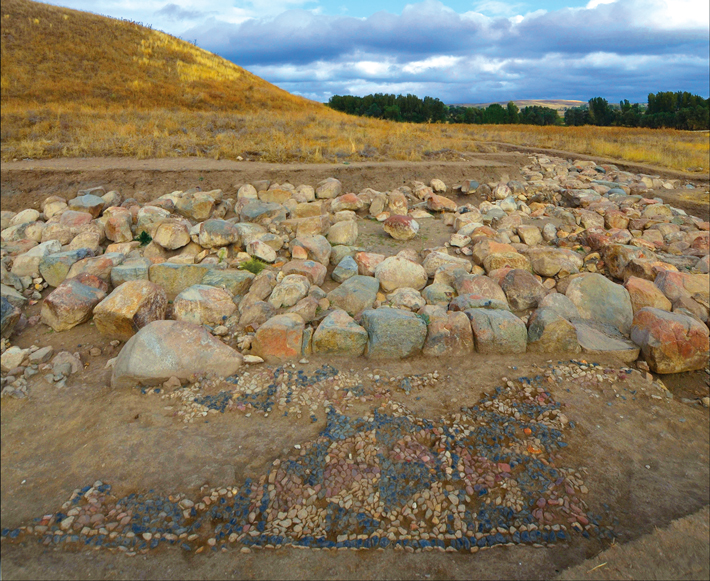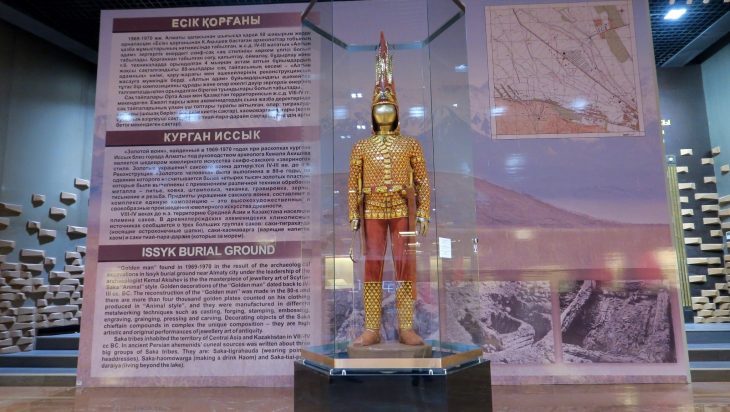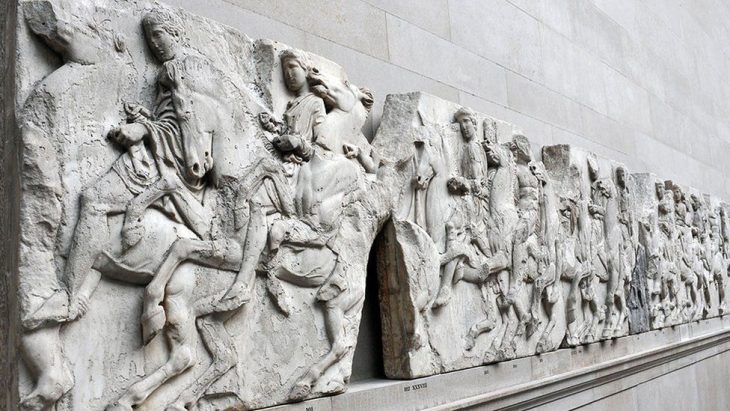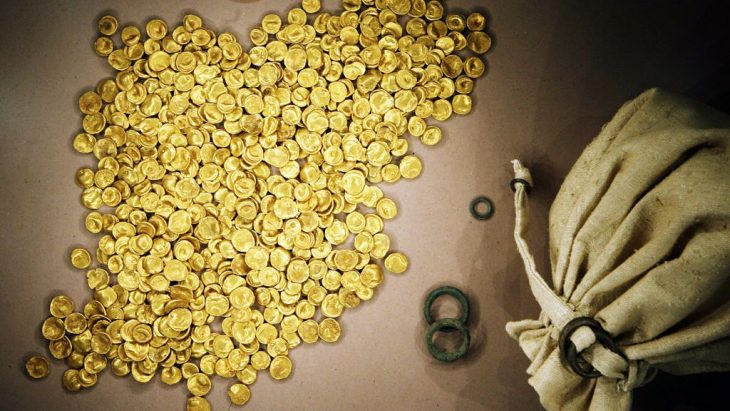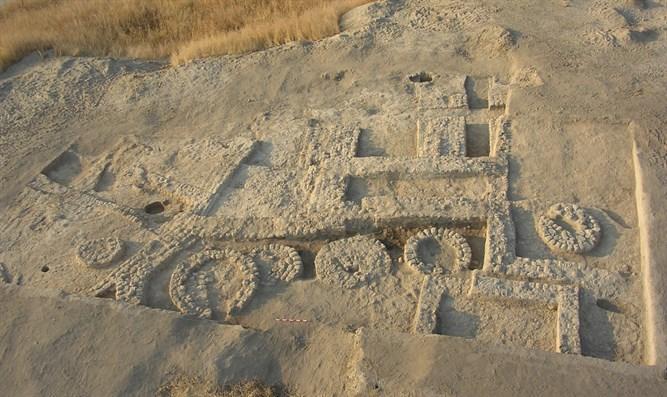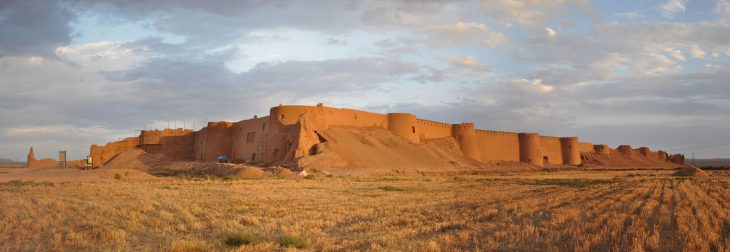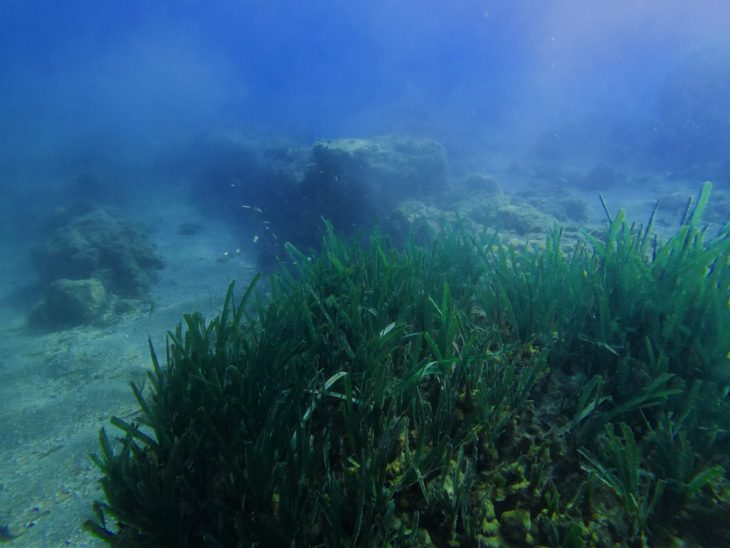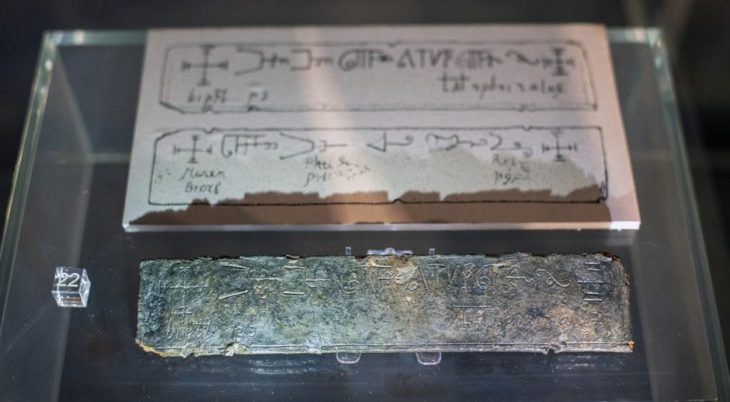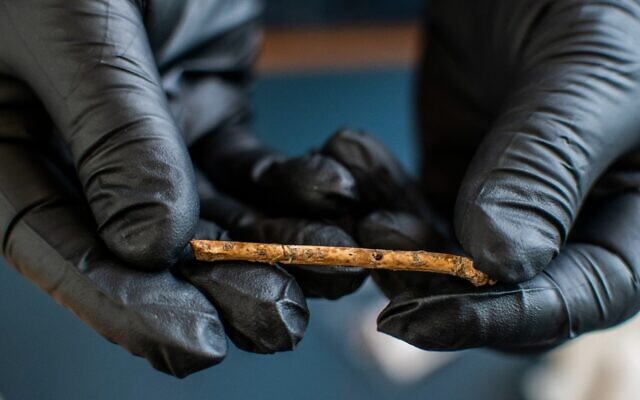Archaeologists have discovered a 3,500-year-old mosaic in central Turkey, which might be one of the world’s oldest.
The impressive power of the Hittite Civilization on Anatolian History is increasing day by day with new archaeological excavations. In addition to their distinctive and impressive architectural features, they continue to surprise us with their pioneering innovations.
The most important discovery of the period was made in Uşaklı Mound, located within the borders of Büyük Taşlık Village of Sorgun District of Yozgat Province.
The mosaic, measuring 3 by 7 meters (10 by 23 feet) consists of 3,147 stones and was found in Uşaklı Mound located in Yozgat province’s Sorgun district, where surface surveys were initiated in 2008 and excavations began in 2012.
This unique discovery raises new questions about the origin of mosaic flooring in Near Eastern public architecture of this period.

It has been previously documented that cobblestones and paving stones were used in the laying of external floors, streets, and courtyards in Central Anatolia during the Hittite period. A rectangular cobblestone pavement parallel to the wall with a door paved the interior of the northeast portal of the Great Temple of Sarissa, while at Sapinuwa (modern Ortaköy), similar flooring arrangements were found between the exterior and interior spaces; such alignments can also be seen on paved terraces used for ritual purposes. The courtyard of the Büyükkale fortress gate is covered with red chipped stones, and the area around the Great Temple is also covered with flat stones.
The floors in these examples were deliberately laid. It is characterized by the use of pebbles or large pavers and they are not arranged in decorative patterns. The floor of Uşaklı is unique in that it consists of small stones carefully selected according to their shapes and colors to allow the creation of geometric designs in certain colors.
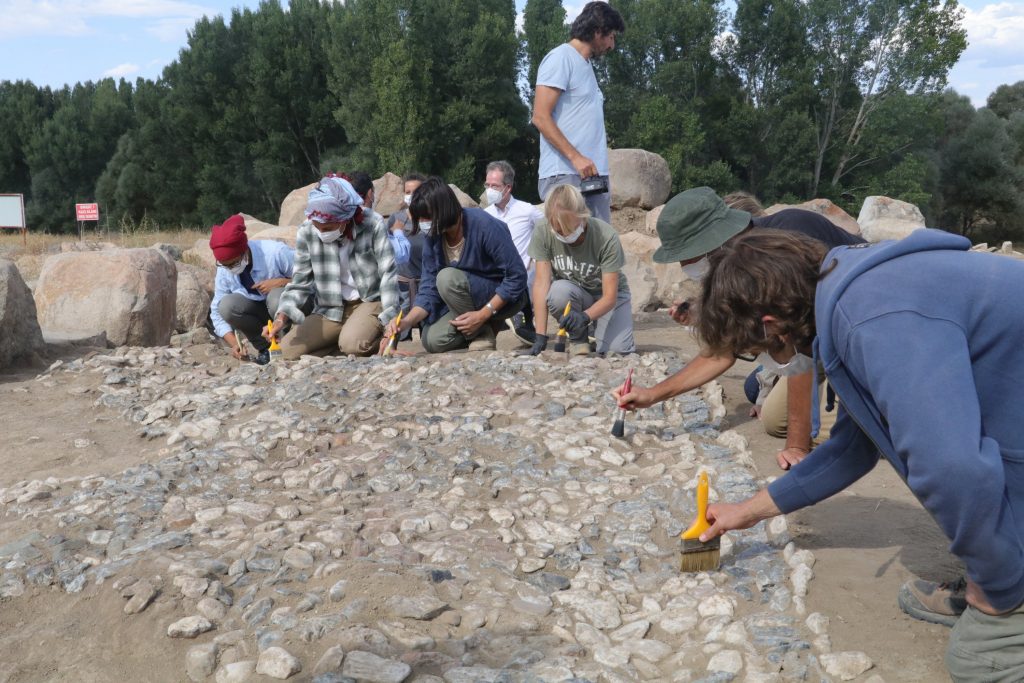
The stones are arranged in groups of contrasting colors that range from dark to light, forming geometric patterns. The floor is divided into three rectangular frames with its long axis running from southwest to northeast. Each rectangle contains three rows of triangles of different colors, including white, light red, and black-blue. Two stones are seen to be orange-yellow. Only what appears to be the southeast edge of the design is well preserved, again appearing as a frame of three narrow parallel stone bands of white, black-blue, and white; the stones of the outer white band are paved with the thin edges on top for a narrower final border.
Hüseyin Çiftçi, provincial culture, and tourism director said the excavations are being carried out jointly by the General Directorate for Cultural Heritage and Museum, Bozok University, and Italy’s Pisa University.

He continued: “It has been determined through scientific studies that the mosaic found is the first of its kind in world history. The mold of the mosaic also supports this as it is quite primitive. We plan to add value to the tourism sector through this discovery.”
Anacleto D’agostino, a lecturer at Pisa University and the excavation team head, said that the mosaic they found belongs to the 1500s B.C. Also stating that the mosaic is the oldest in the world, he said: “We know there are similar mosaics in Greece, but we think that the mosaic here is older than that there.”
Source: D’Agostino, A. (2019). A mosaic floor from the Late Bronze Age building II of Uşaklı Höyük, central Turkey. Antiquity, 93(372)

